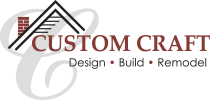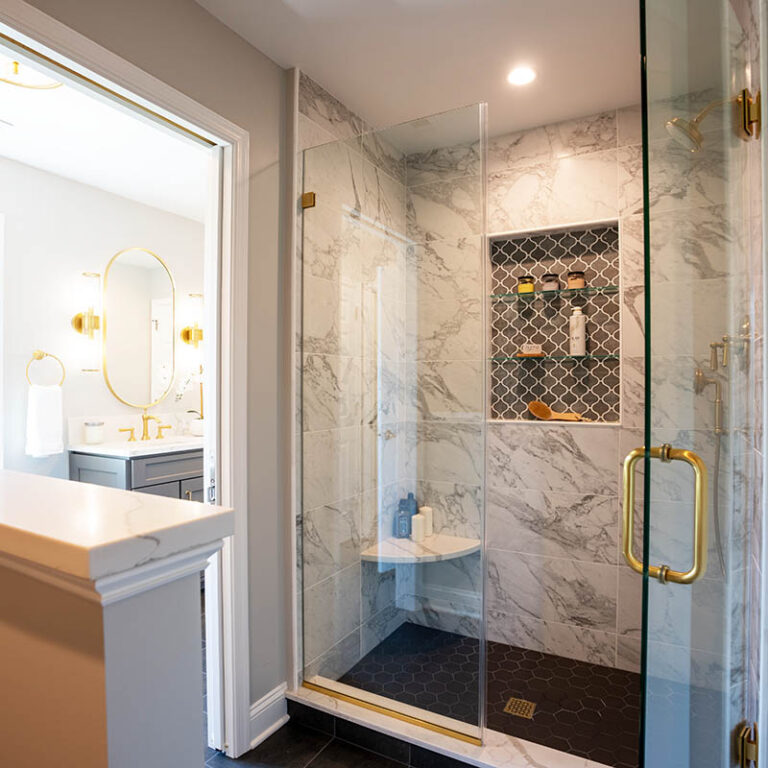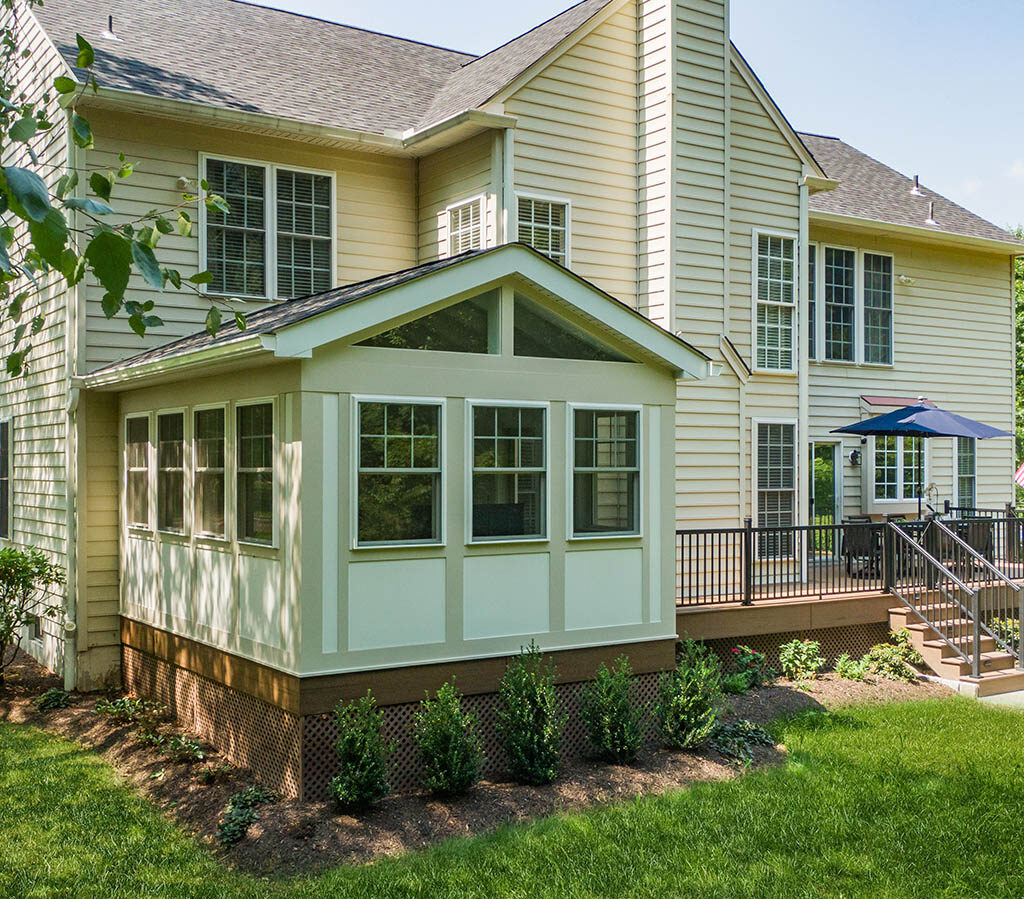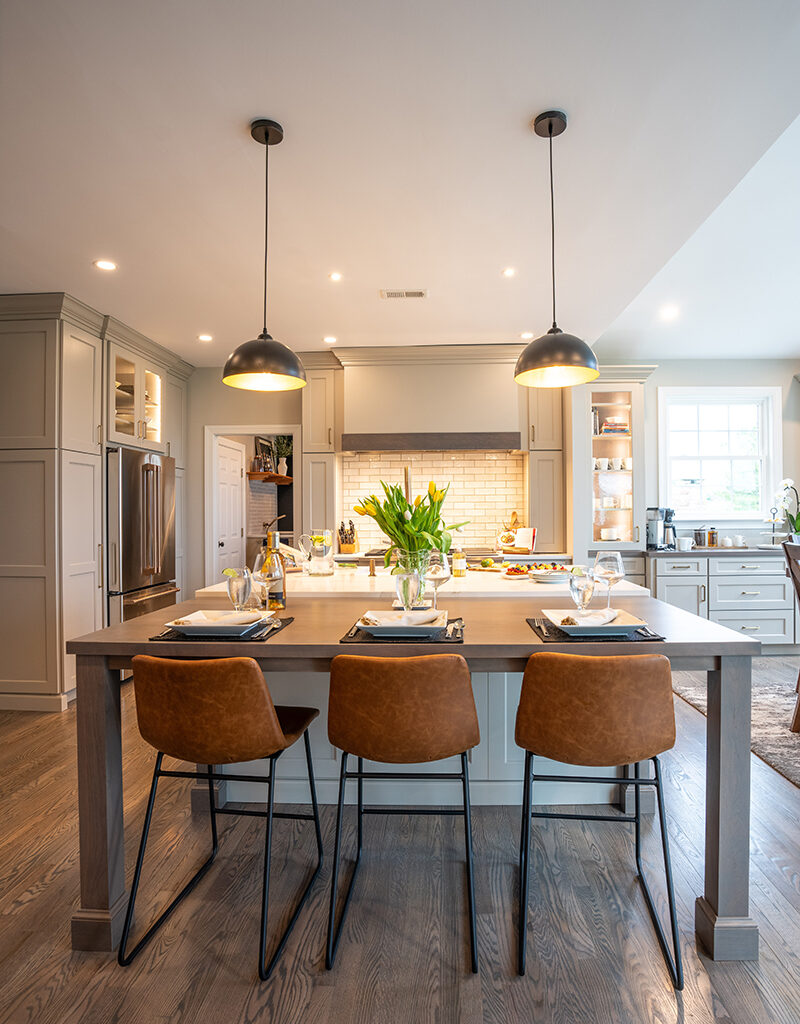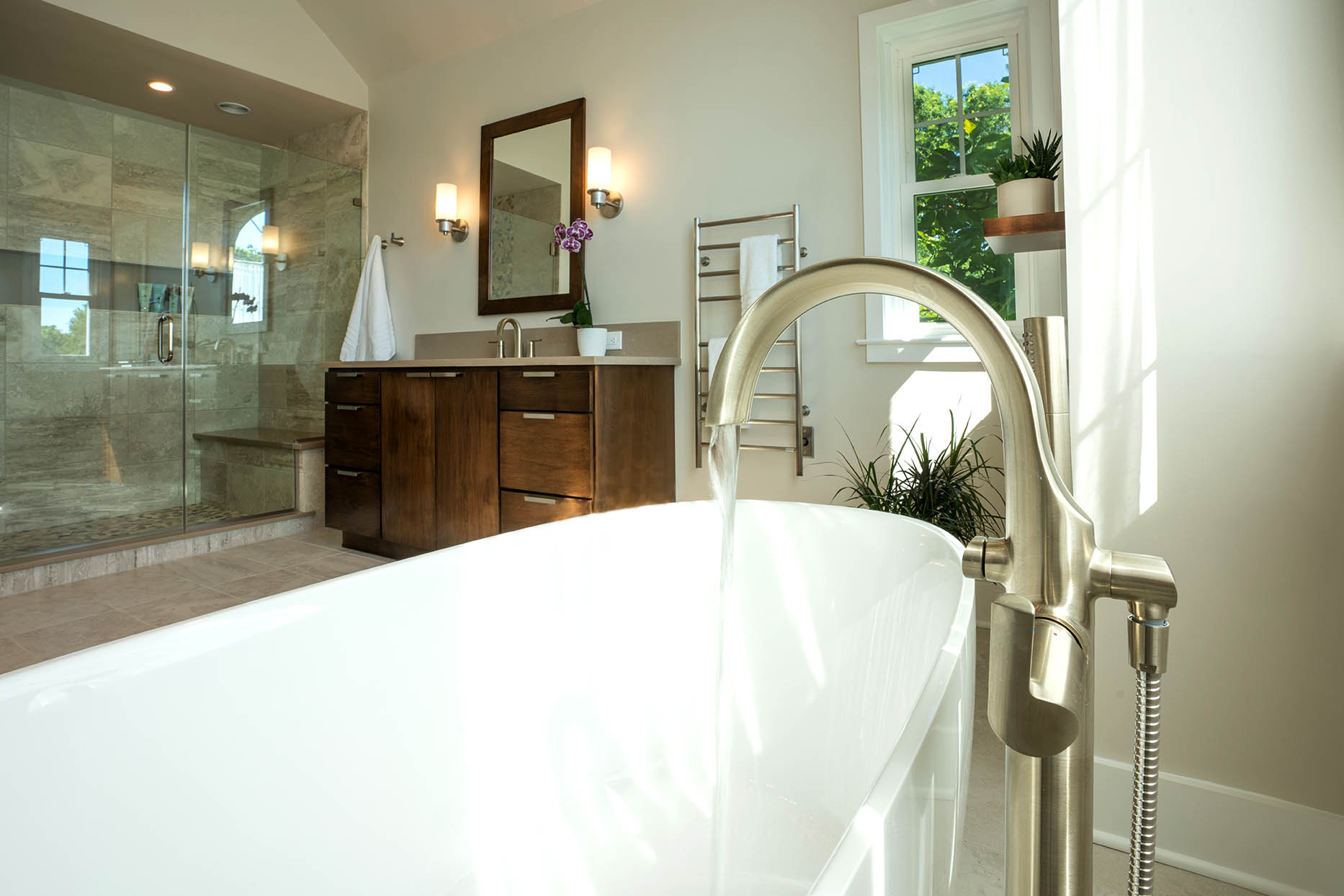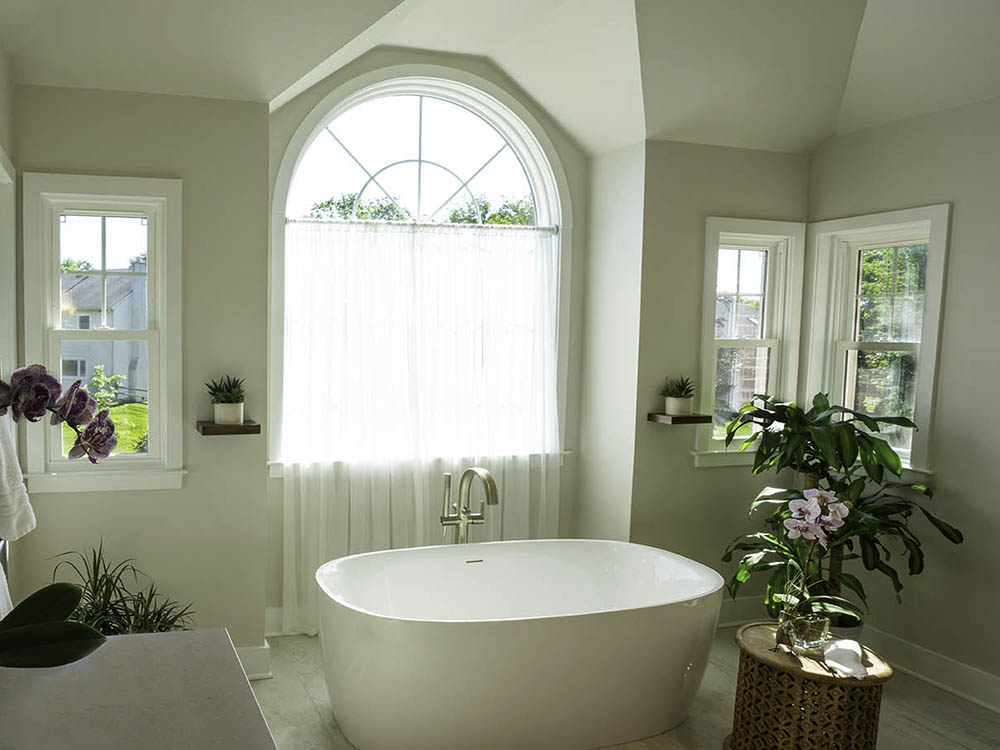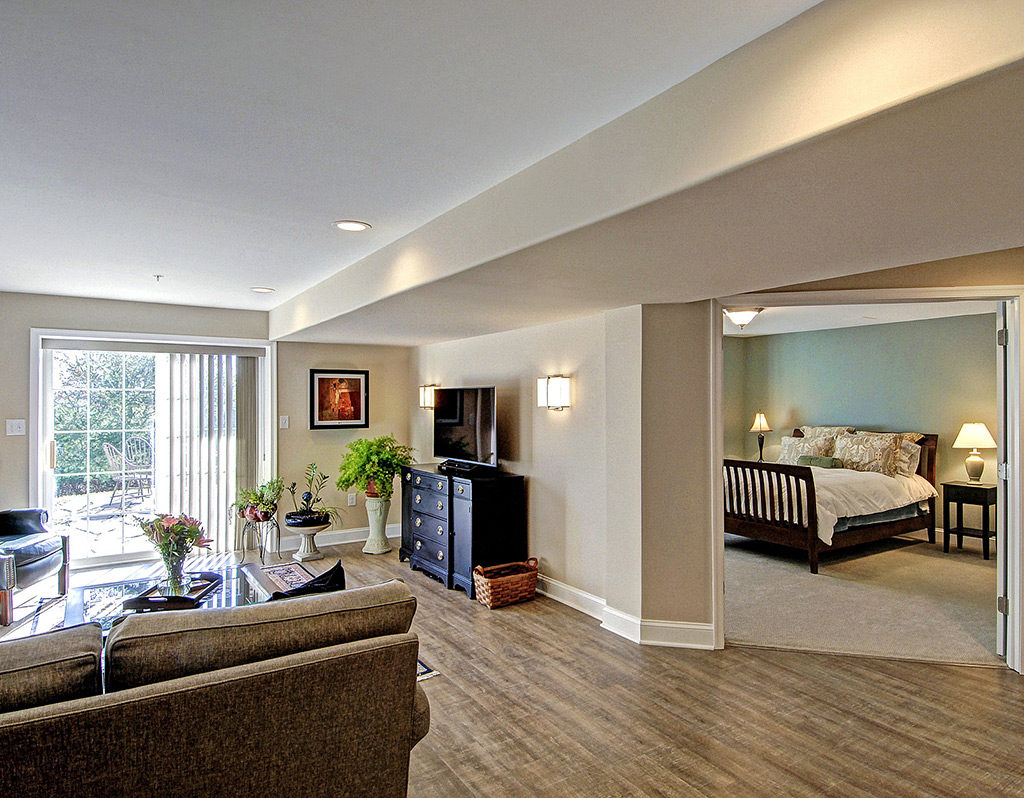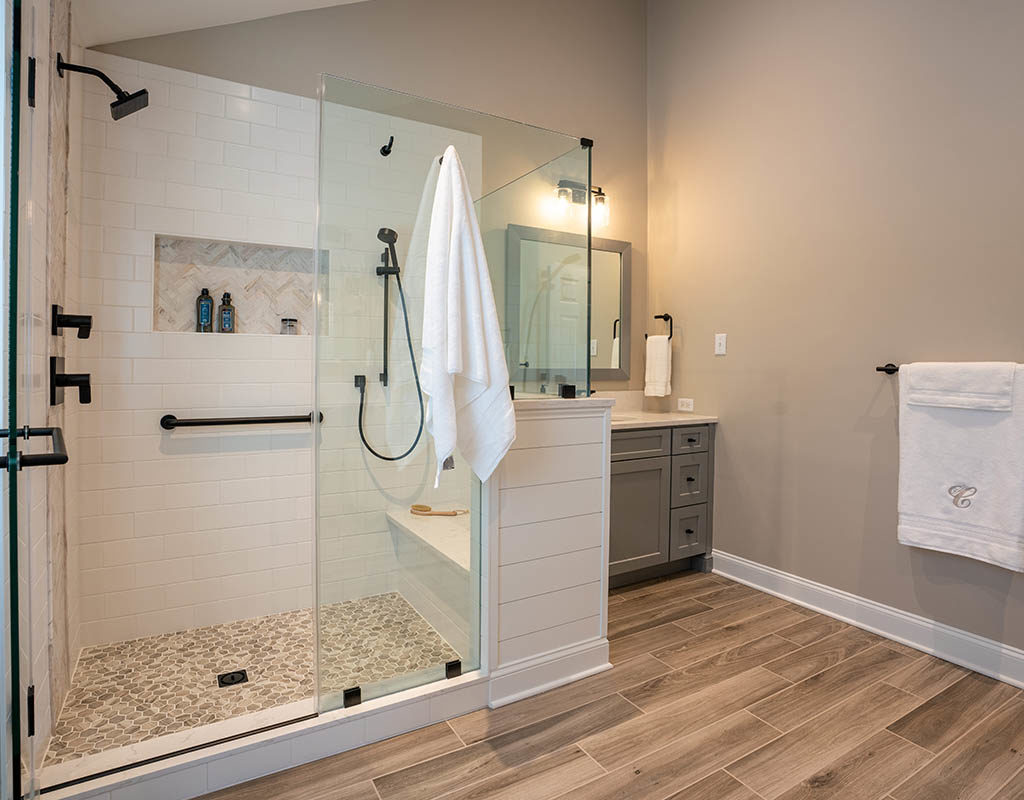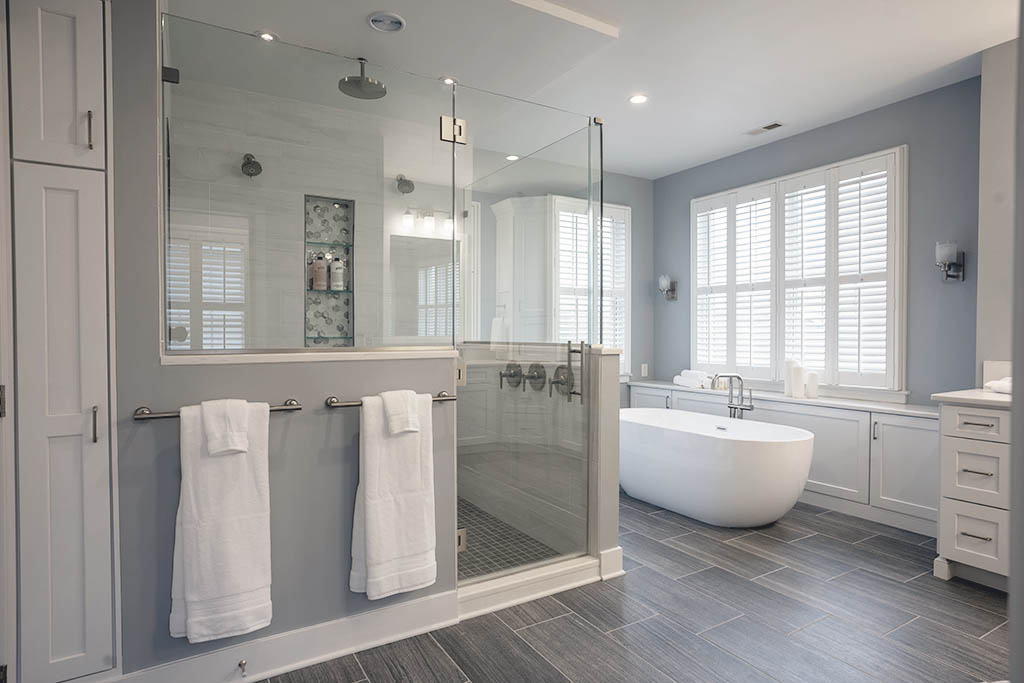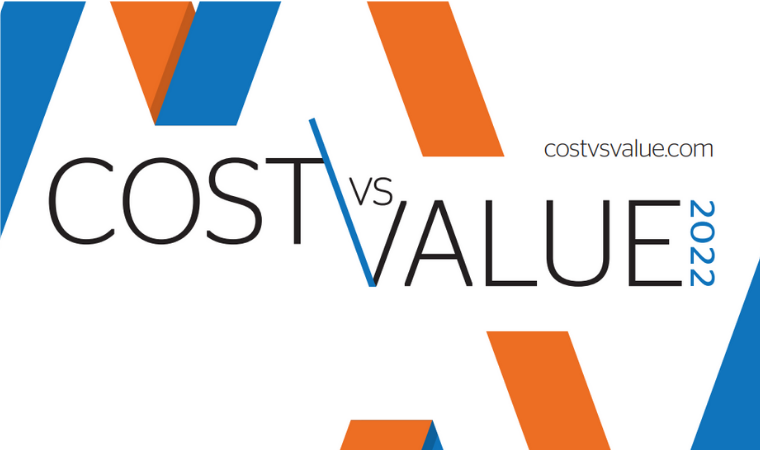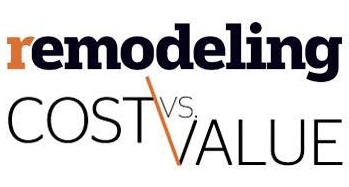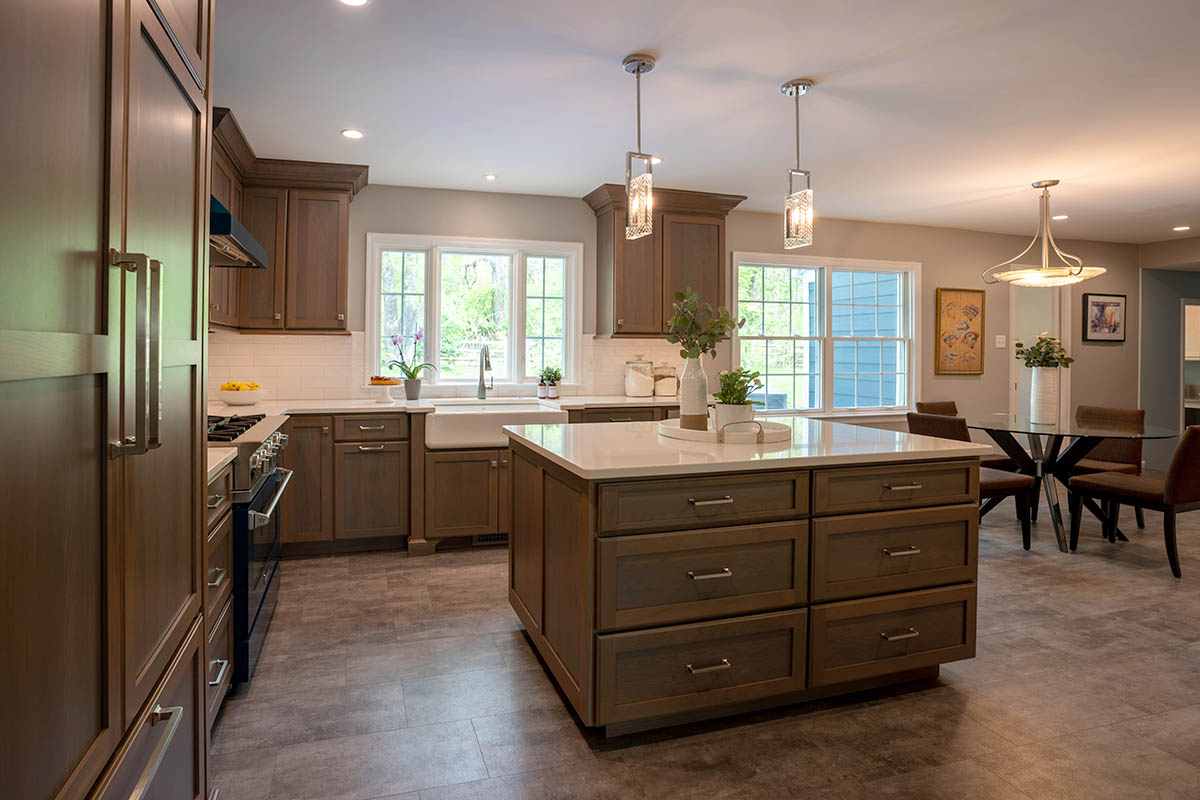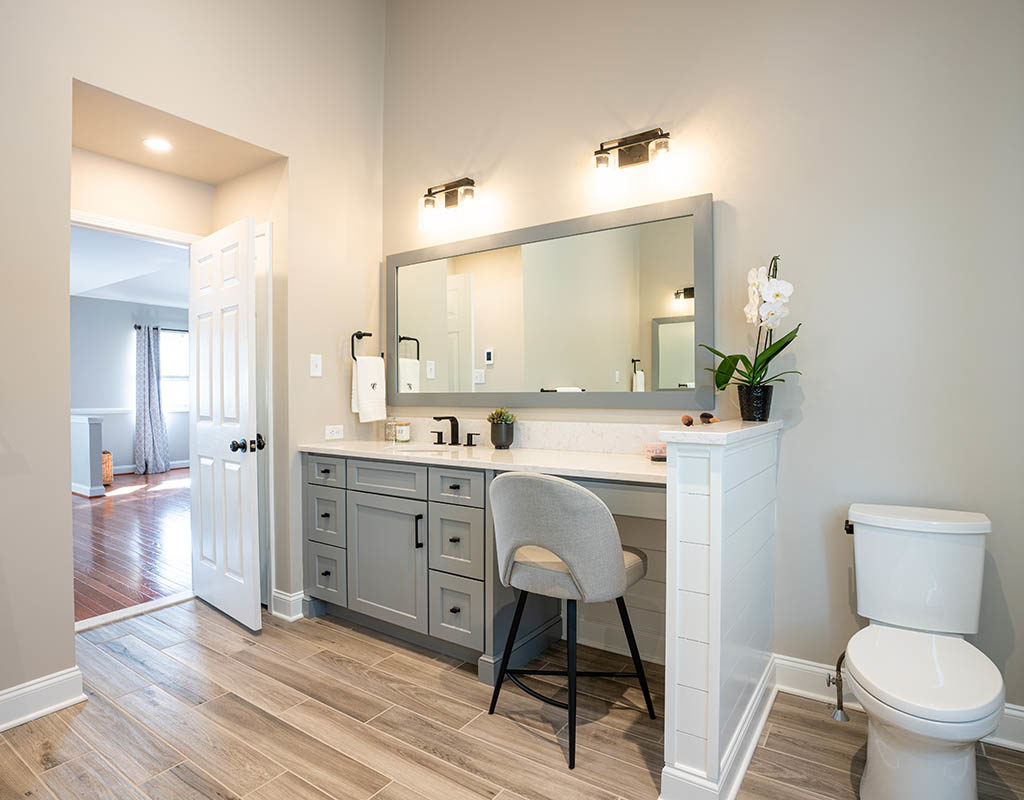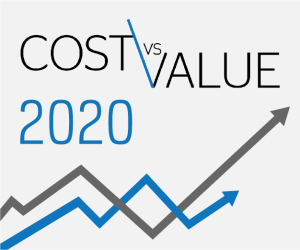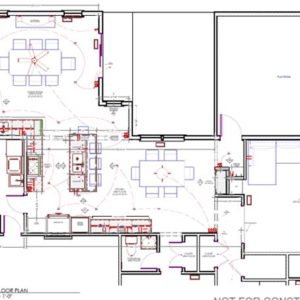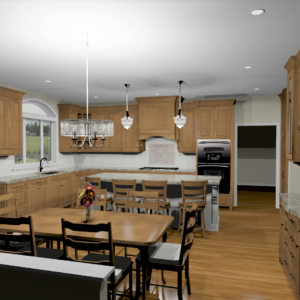The 2024 Cost vs. Value Report is out, and homeowners in Montgomery County and beyond are eager to know how well recent home remodeling projects will retain their value.
The Cost vs. Value Report, released each year by Remodeling Magazine, uses surveys and cost-tracking data to help homeowners understand their return on investment (ROI) for common home improvement projects. In other words, it answers the question: How much of the money I spent on a project will I get back if I sold my house? Data is collected nationally, by region, and at a local level.
Here are some of the key takeaways from this year’s report:
Kitchen & Bath Remodels Are Worthwhile
Considering a kitchen remodel? If your project involves more extensive changes such as a new layout, the addition of an island, and custom lighting, the ROI in our area is a respectable 51%— slightly above the national average.
Bathroom remodels have also proven to be valuable, with a midrange remodel projected to bring back a whopping 70% of the costs. Interested in a high-end, ultra-luxurious home spa? Even upscale bathroom remodels are recouping 46%.
We were especially pleased to not only see that bathrooms with a Universal Design focus have their own category, but also that they have a healthy 51% ROI for our region.
Exterior Projects Are Still in the Lead
For the last few years, exterior projects have been at the top of the list for the biggest ROI. Real estate professionals attribute this to the importance placed on curb appeal when selling your home.
Among the very valuable exterior projects are deck additions. Expanding your outdoor living space with a wood or composite deck averages 79% and 70%, respectively. This is great news for homeowners like this Maple Glen family, who now have an inviting space to visit friends and family with their new deck and three-season room.
Costs Are Rising, but So Are Values
While remodeling costs have steadily increased through the years, the values of certain projects have fluctuated. For example, in 2023, the highest-valued project was HVAC conversion — replacing gas furnaces and boilers with an electric heat pump. The ROI on this project was 104%, but this year it has fallen to 66% nationwide.
Nevertheless, the downward shift of HVAC conversions seems to be against overall trends, as 2024 has seen a national 5.2% increase in the value of common projects in general. This is a silver lining for homeowners concerned about the cost of remodeling their homes — now may actually be a great time to complete those long-dreamed-of home projects.
Remember, unless you’re planning to quickly flip your house, how much money you’ll get back from a project should only be part of the equation. If your project is valuable to you as a homeowner and will make your life better for years to come, it will be well worth the cost.
Ready to make your home more valuable? Contact us to get started.
